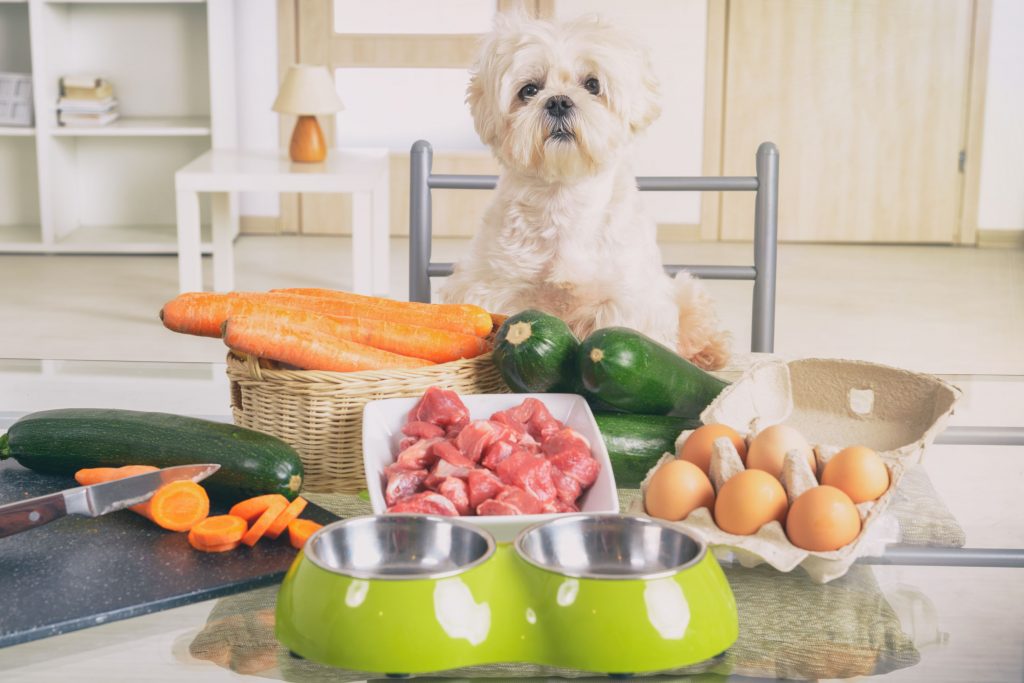
We have a lot in common with our dogs, but chief among them is our mutual appreciation for food. We both love to munch, and enjoying treats together is one of life’s greatest joys. What could be better than growing tasty food in your own garden with the sole purpose of sharing your healthy haul with your best pal? If you’ve been wondering how you can make this work at home, we’ve got some tips on growing fruits and vegetables for your dog.
Tasty Goodness
Dog owners love to indulge their pups, but they don’t always beg for the healthy stuff, do they? Show your love with natural foods that boost their immunity, offer vitamins, fiber, and minerals to their daily diet, and light up their taste buds.
We recommend growing any of the following fruits and vegetables for your dog:
- Blueberries
- Apples
- Raspberries
- Strawberries
- Watermelon
- Cucumbers
- Carrots
- Green beans
- Sweet potato
- Spinach
- Romaine lettuce
- Pumpkin
- Zucchini
Once harvested, you can process any of the above to make it easier on your dog’s digestion. Lightly steamed veggies are a home run with many hungry pups, while retaining all of their nutritional power. Always cut up raw fruits and vegetables for your dog and remove any seeds. Small bites are always best to reduce the risk of choking or obstruction.
All of the above-listed fruits and veggies can be added to DIY dog treat recipes. Freeze in order to use up over a longer period of time.
Other Vegetables for Your Dog
If your dog isn’t crazy about lettuce or spinach, try to up their green-game by offering them some dandelion greens or arugula.
You can also grow herbs like rosemary (rich in antioxidants), parsley (great for use as a breath-freshener), basil (another great antioxidant), and thyme (famous for its antibacterial and antifungal properties).
Design and Safety Tips
Despite the fact that you’re growing vegetables for your dog to enjoy exclusively, it’s advisable to keep your crops fenced in until you are ready to harvest the goodies. Alternatively, wall gardens or hanging containers can keep your dog from sniffing around for their snacks. Raised beds are easy on your back and deter dogs (and other hungry animals) from causing damage to your plants.
Be sure that what you’re growing for them is 100% safe and non-toxic. This applies to fertilizer and pesticide products. Some mulches can also be risky to use around dogs. Research everything you bring home, and restrict access to anything that doesn’t pass the safety test.
Crops like onions, garlic, tomatoes, and grapes are not safe in yards frequented by dogs.
Planning Ahead
Now is the perfect time to start planning your spring and summer garden. Growing fruits and vegetables for your dog is an enjoyable pastime, and we can’t wait to hear how creative you get with your garden’s design and the many ways you use your crops.
Feel free to call us at (818) 614-9929 with any questions or concerns. We’re always happy to help at Shiloh Veterinary Hospital.
